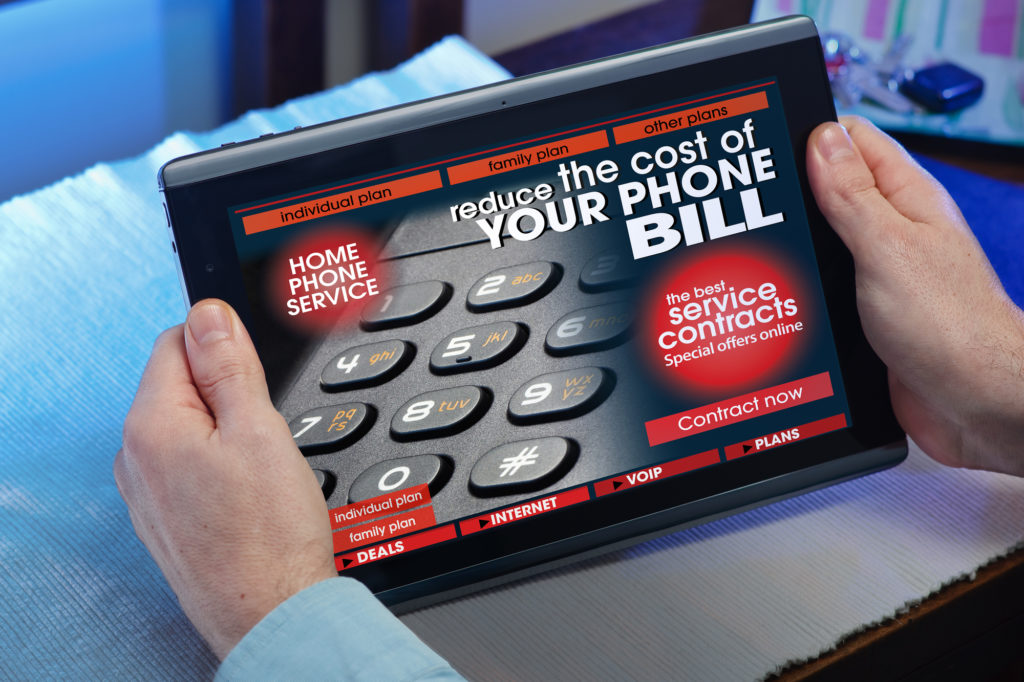(951) 663-4075
FIBER OPTIC CABLING BUSINESS PHONE SYSTEMS HEMET

Fiber Optic Cabling, Install, Repair, & Maintenance, Service Hemet
Fiber-optic cabling remains at the forefront of transforming global data transfer and communication technology, leaving a profound mark in sectors such as telecommunications and medical imaging. Through the meticulous use of glass or plastic fibers, fiber optics not only supplants traditional copper wiring but also vastly amplifies transmission capacity. This advancement paves the way for accelerated networks, broader coverage, and increased bandwidth, resulting in a bright future for data transfer and the full realization of communication infrastructure potential. As ongoing research and development efforts persist, each stride in fiber optics brings us closer to attaining unparalleled levels of communication excellence.
Two industry standards for Fiber Optic Cabling:
Single-mode Fiber Optic Cabling (100BaseBX standard):
- Standard Name: The 100BaseBX standard is often associated with Fast Ethernet (100 Mbps) over single-mode fiber optic cabling.
- Usage: Single-mode fiber optic cables are designed for long-distance data transmission. They are well-suited for applications that require high bandwidth and low signal loss over extended distances.
- Key Features:
- Narrow Core: Single-mode fibers have a narrow core size, typically around 9 microns. This small core allows for the transmission of a single mode or ray of light, minimizing signal dispersion.
- Long Distances: Single-mode fiber can transmit data over much longer distances compared to multimode fiber, making it ideal for telecommunications, internet backbones, and long-haul data transmission.
- High Bandwidth: Single-mode fiber supports high bandwidth, making it suitable for high-speed data applications, such as Gigabit and 10 Gigabit Ethernet.
Multimode Fiber Optic Cabling (100BaseSX standard):
- Standard Name: The 100BaseSX standard is associated with Fast Ethernet (100 Mbps) over multimode fiber optic cabling.
- Usage: Multimode fiber optic cables are primarily used for short to medium-distance data transmission within data centers, local area networks (LANs), and enterprise networks.
- Key Features:
- Larger Core: Multimode fibers have a larger core size, typically around 50 or 62.5 microns. This allows multiple modes or rays of light to be transmitted, which can lead to signal dispersion over longer distances.
- Short to Medium Distances: Multimode fiber is suitable for short-range applications, typically up to several kilometers. It is commonly used for connections within buildings or between devices in the same data center.
- Cost-Effective: Multimode fiber is often more cost-effective than single-mode fiber and is a popular choice for applications that do not require long-distance transmission.
Hemet Business Phone Systems stands as a reliable provider of cutting-edge fiber cabling solutions, dedicated to elevating communication networks for businesses. With its impressive speed, expansive bandwidth, and unwavering signal integrity, fiber cabling proves ideal for mission-critical applications and data centers. Our team of seasoned professionals is committed to comprehending each business’s unique needs and crafting tailored fiber cabling solutions. From the initial consultation through to the final installation, our focus remains firmly on delivering exceptional customer service and unwavering support, ensuring peak network performance and reliability. Our cost-effective and efficient fiber cabling solutions position businesses to gain a competitive edge in today’s dynamic business landscape. With a solid history of delivering top-quality results, Hemet Business Phone Systems is the preferred partner for businesses looking to modernize their communication infrastructure. Reach out to us today to explore the full spectrum of our fiber cabling solutions and discover how we can empower your business to maintain seamless connectivity.